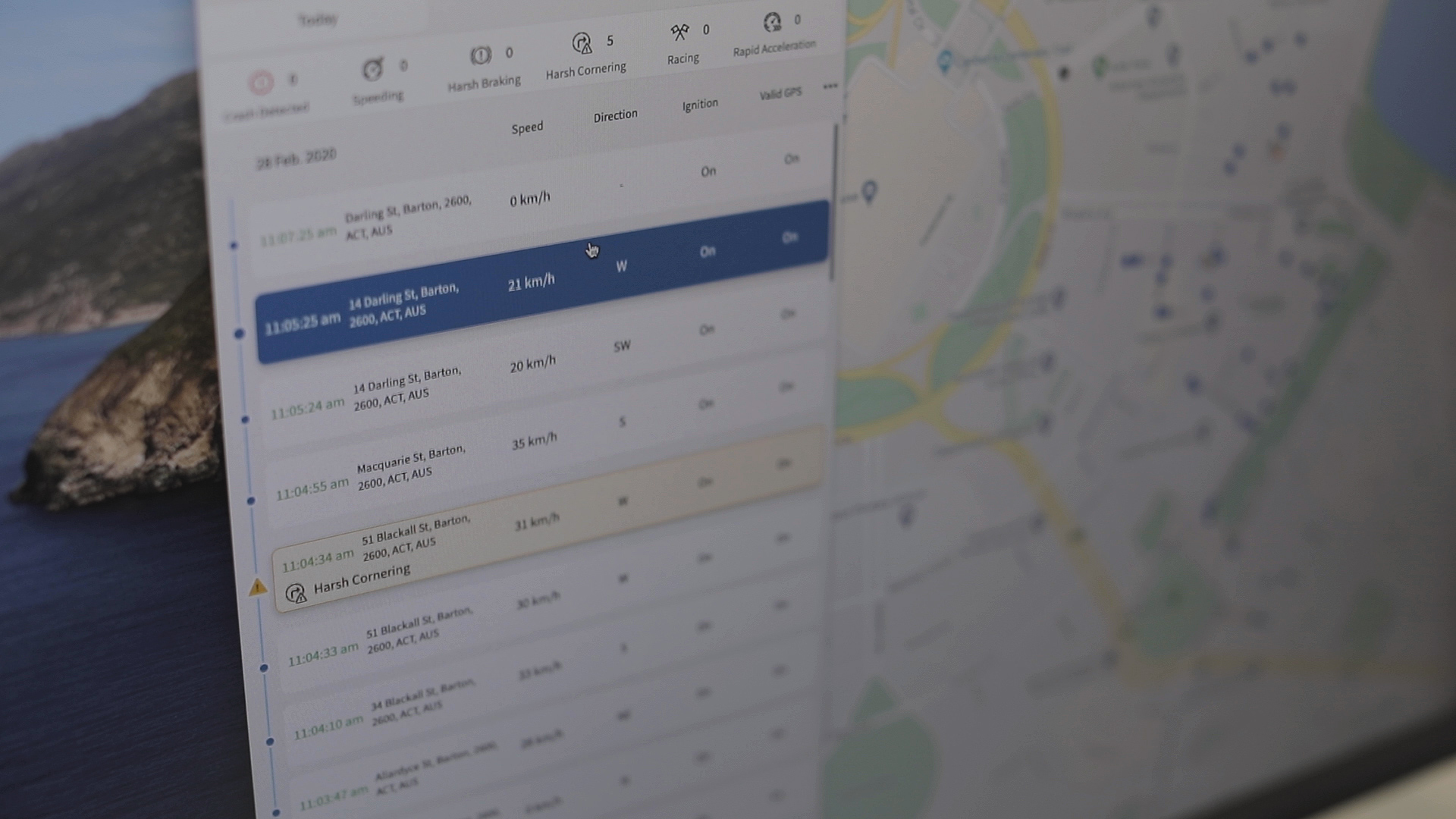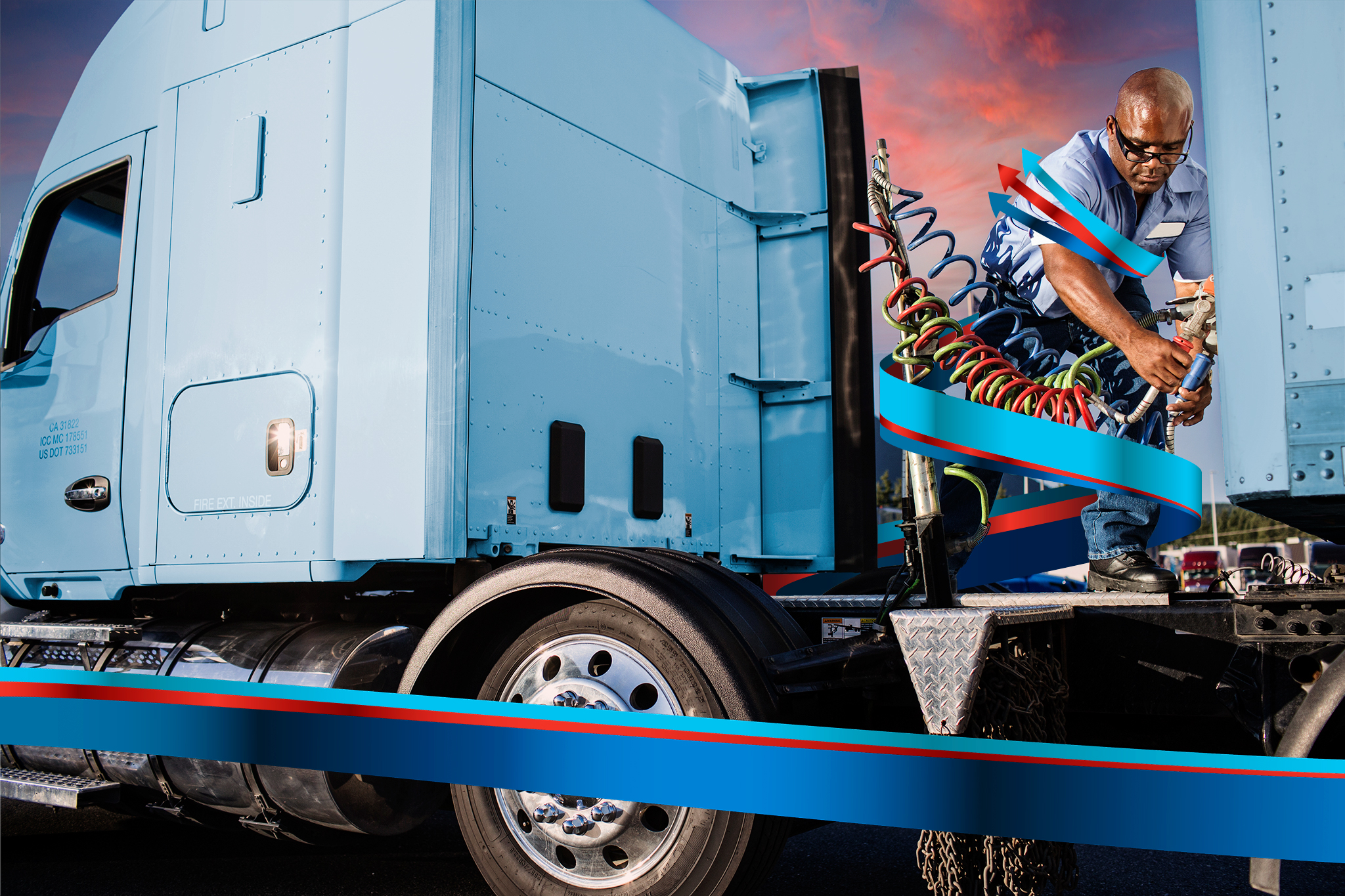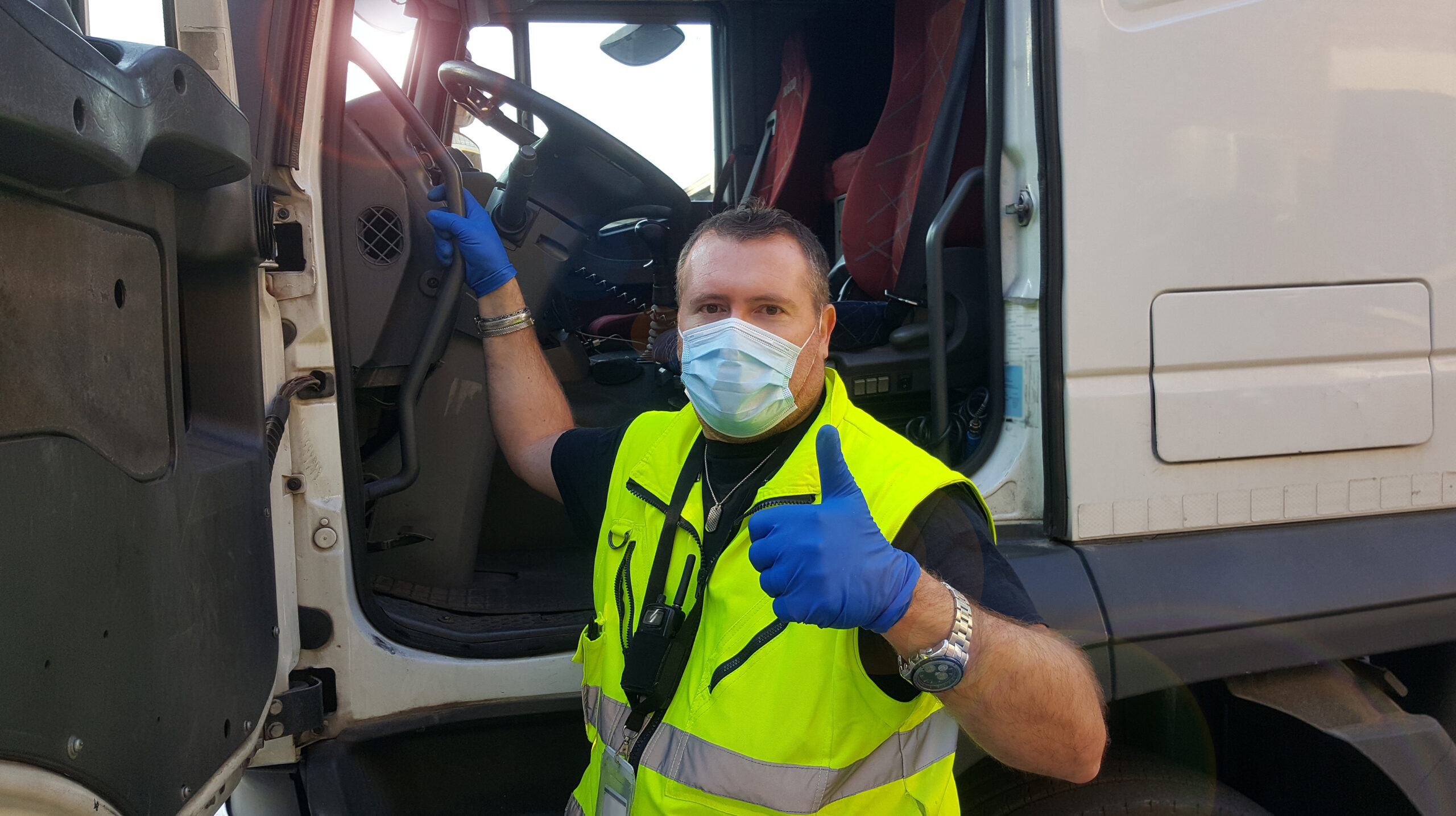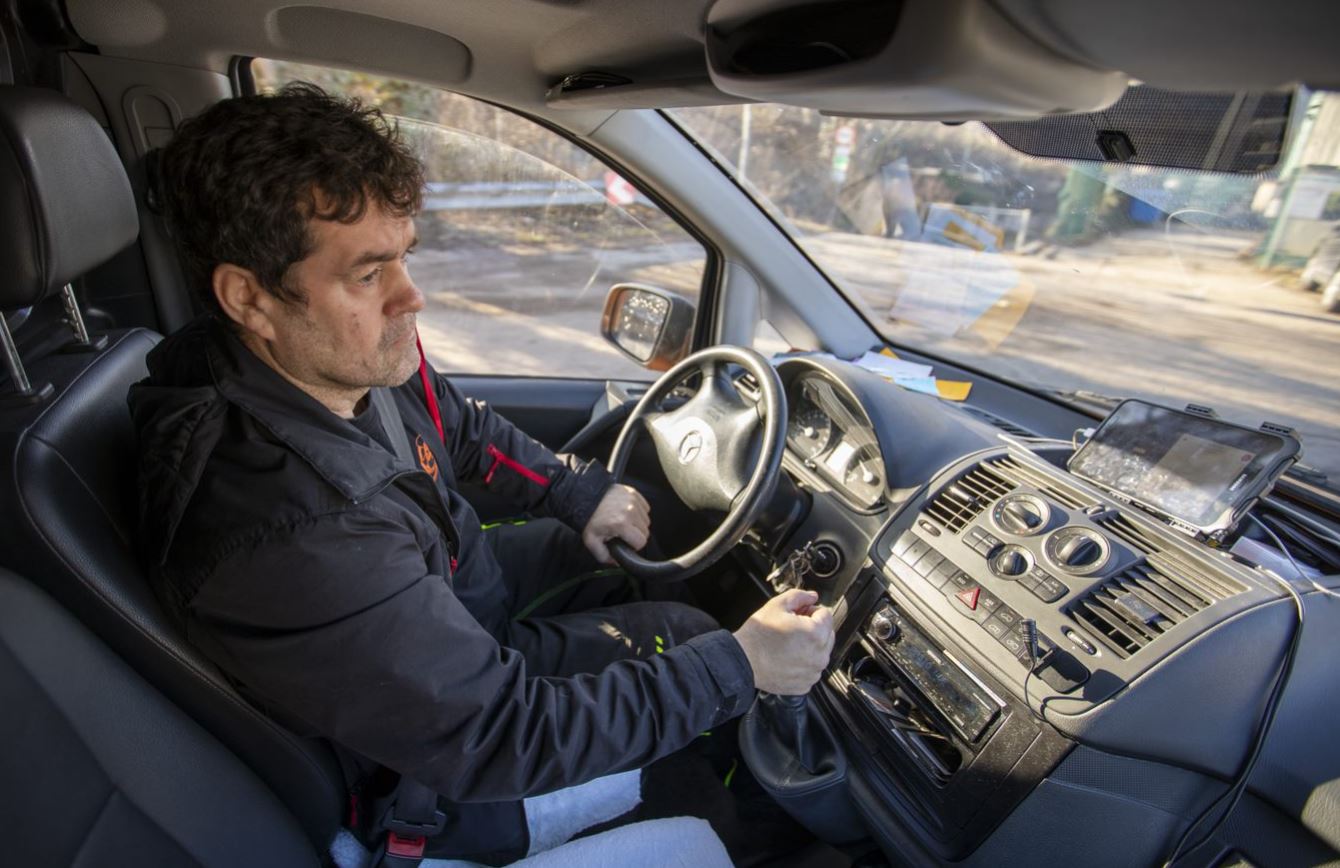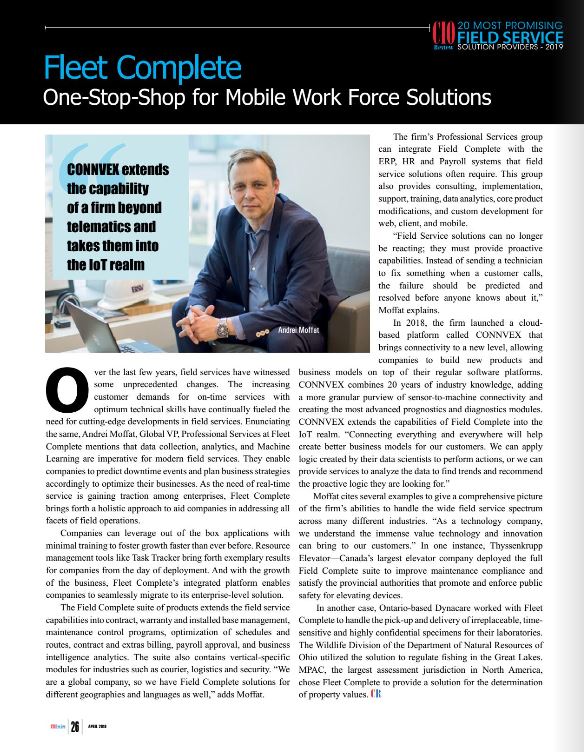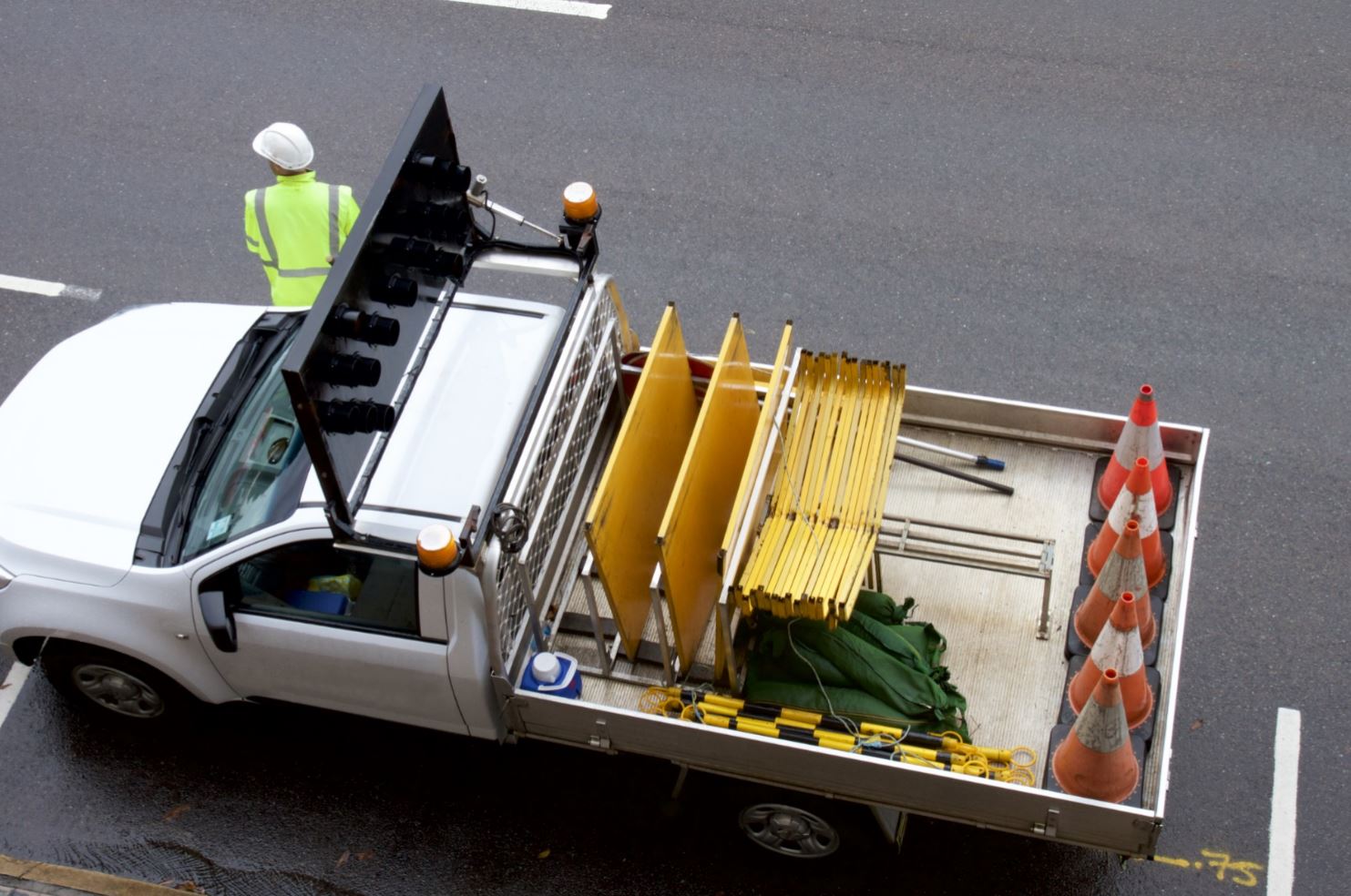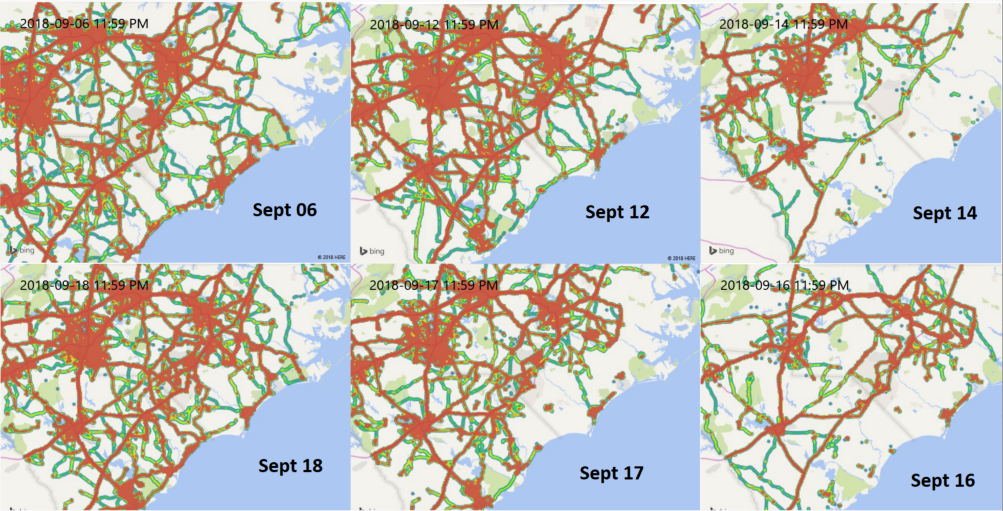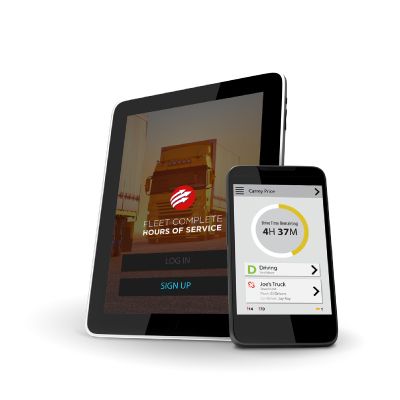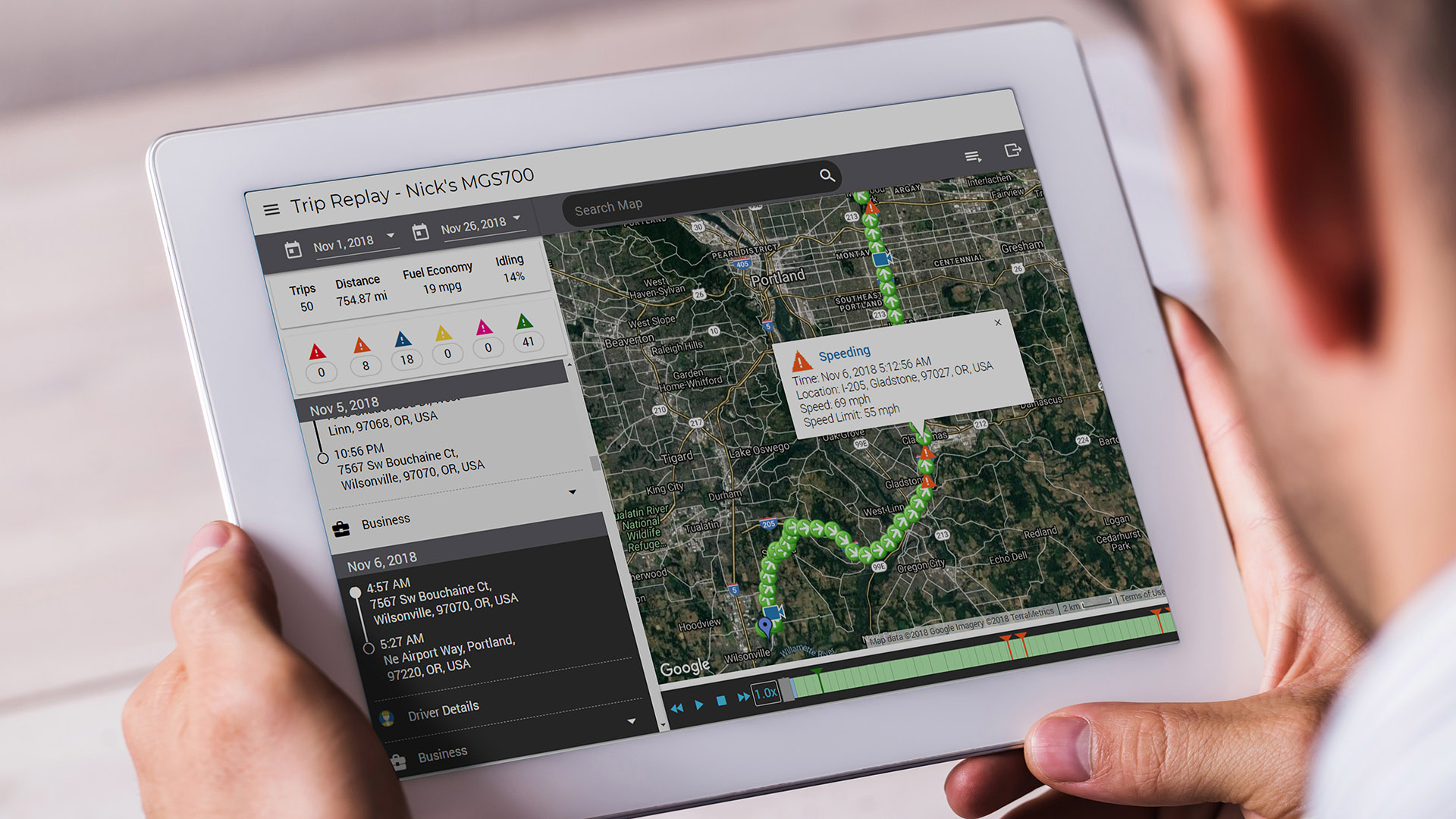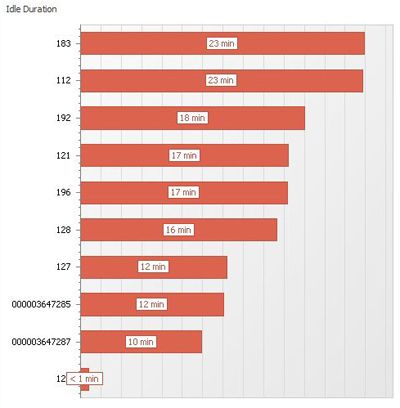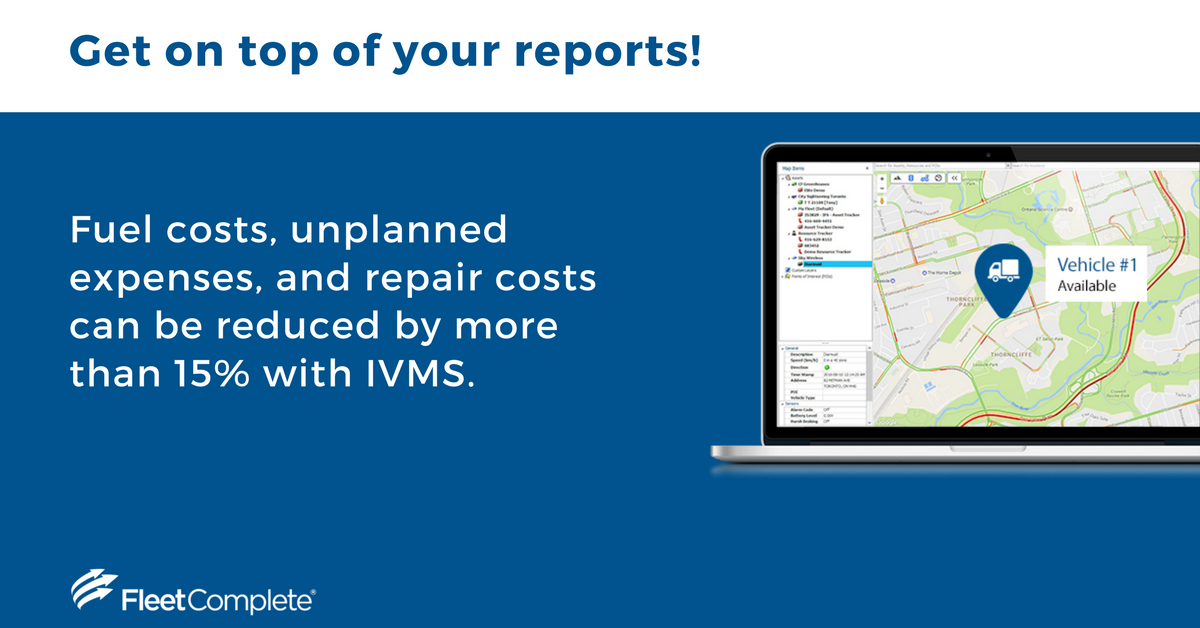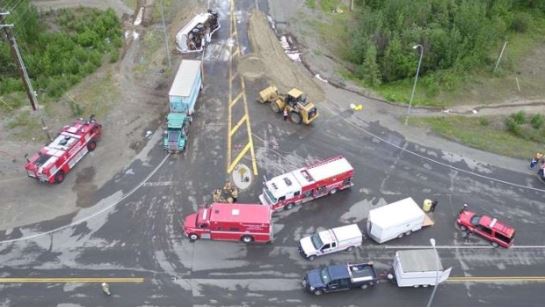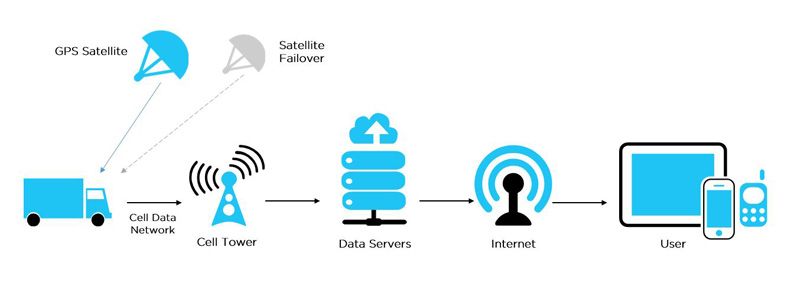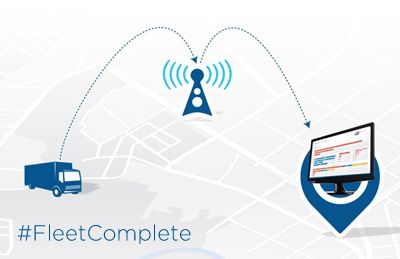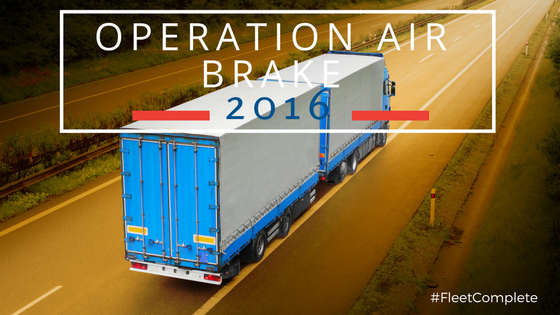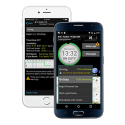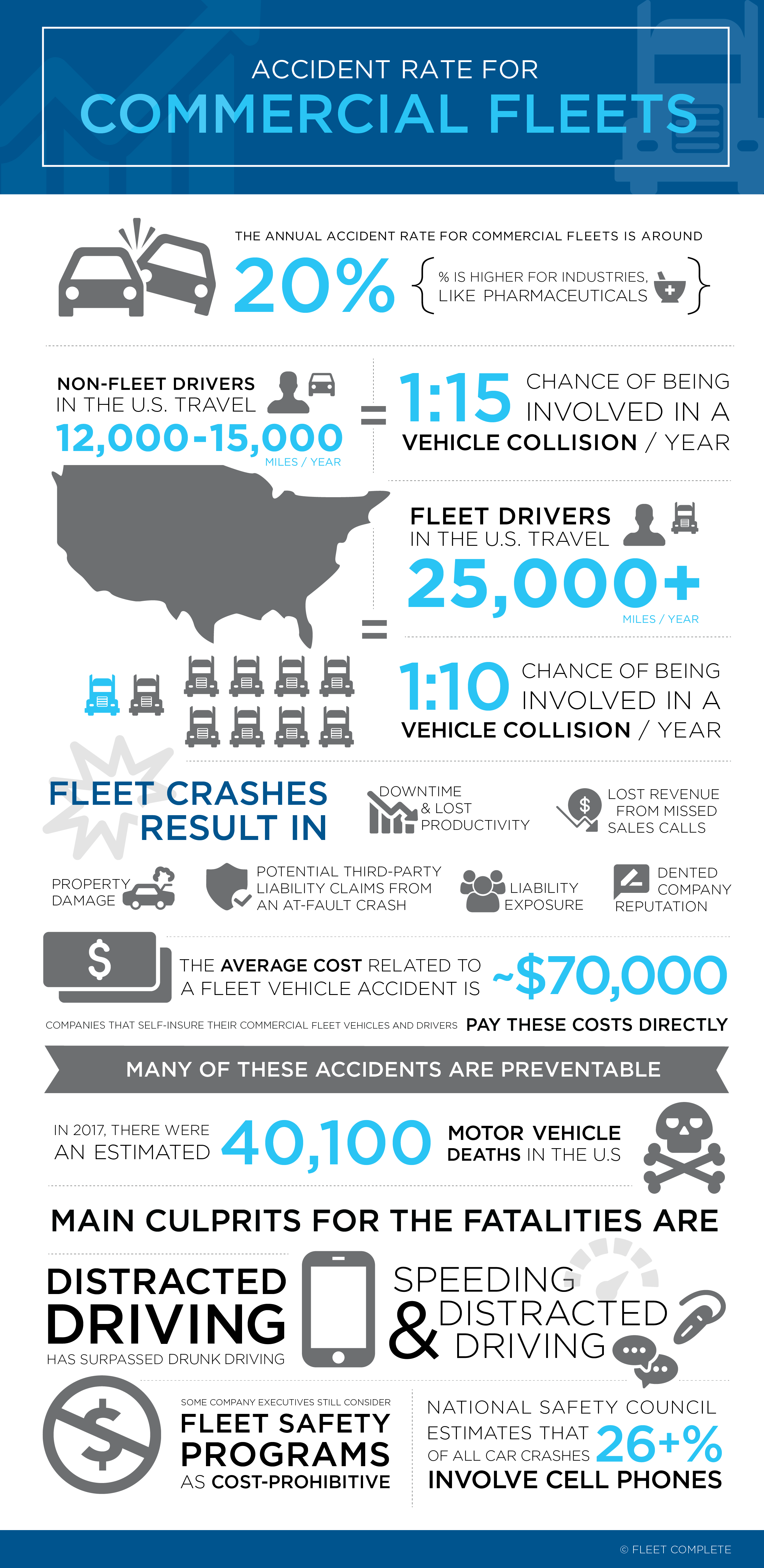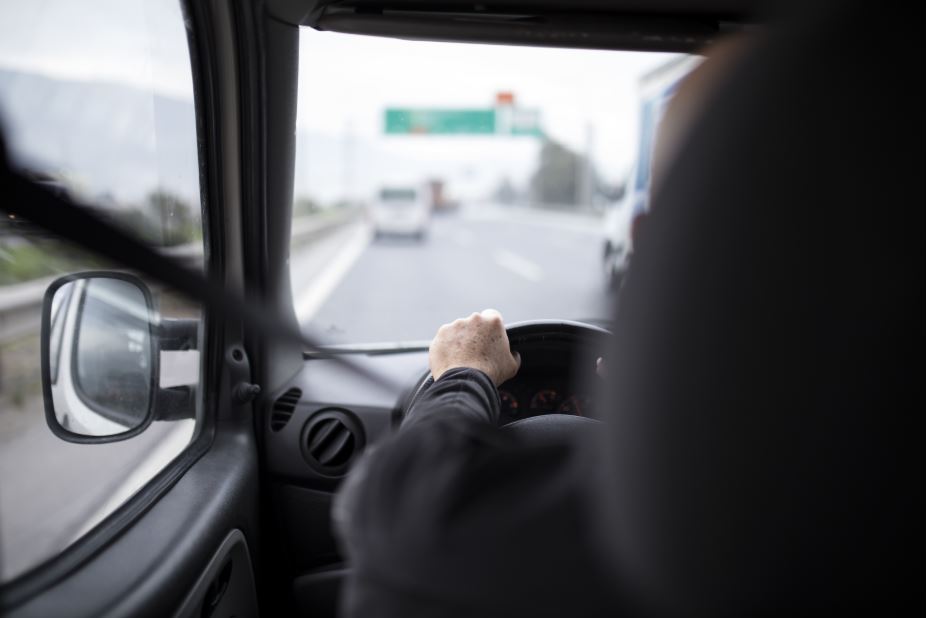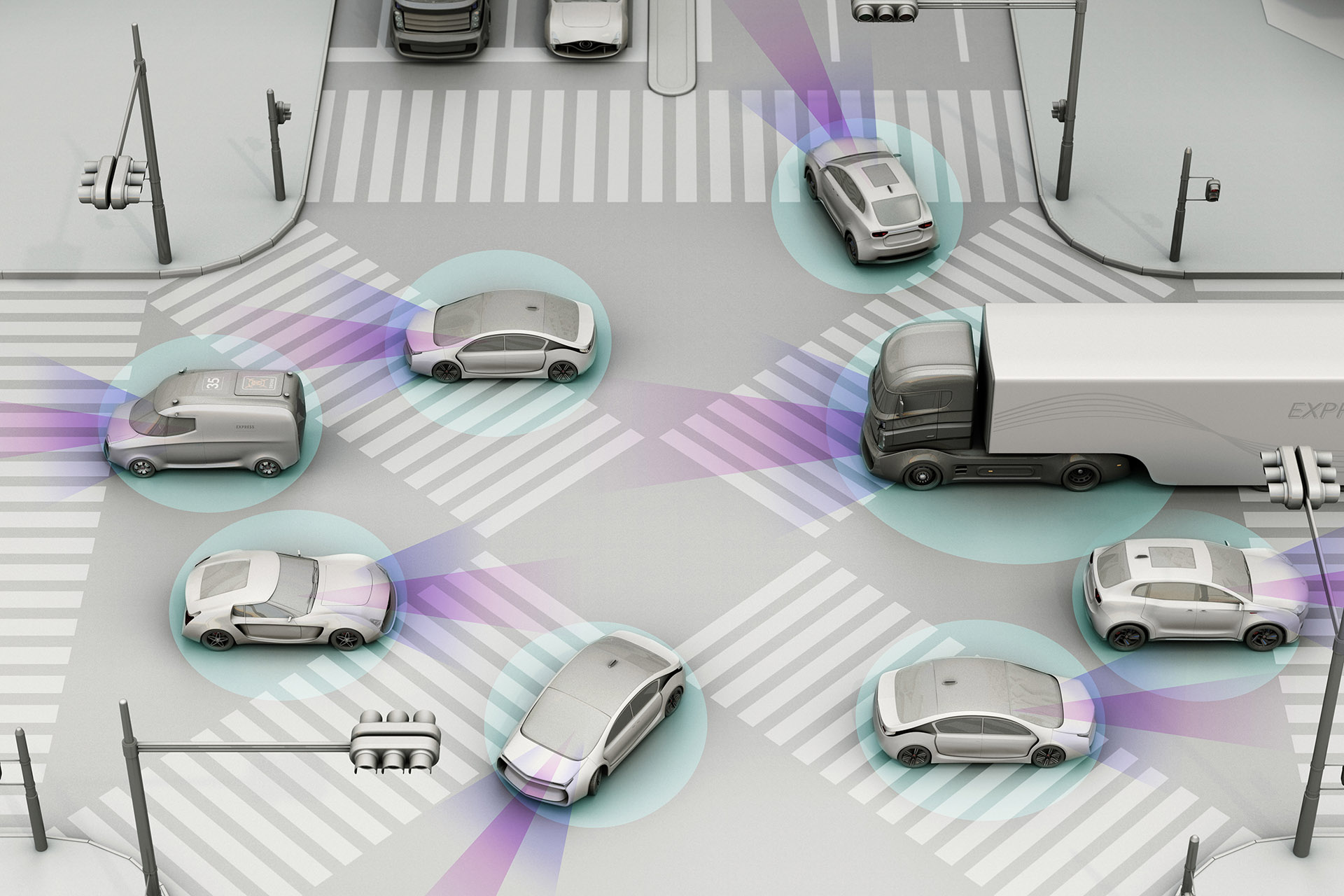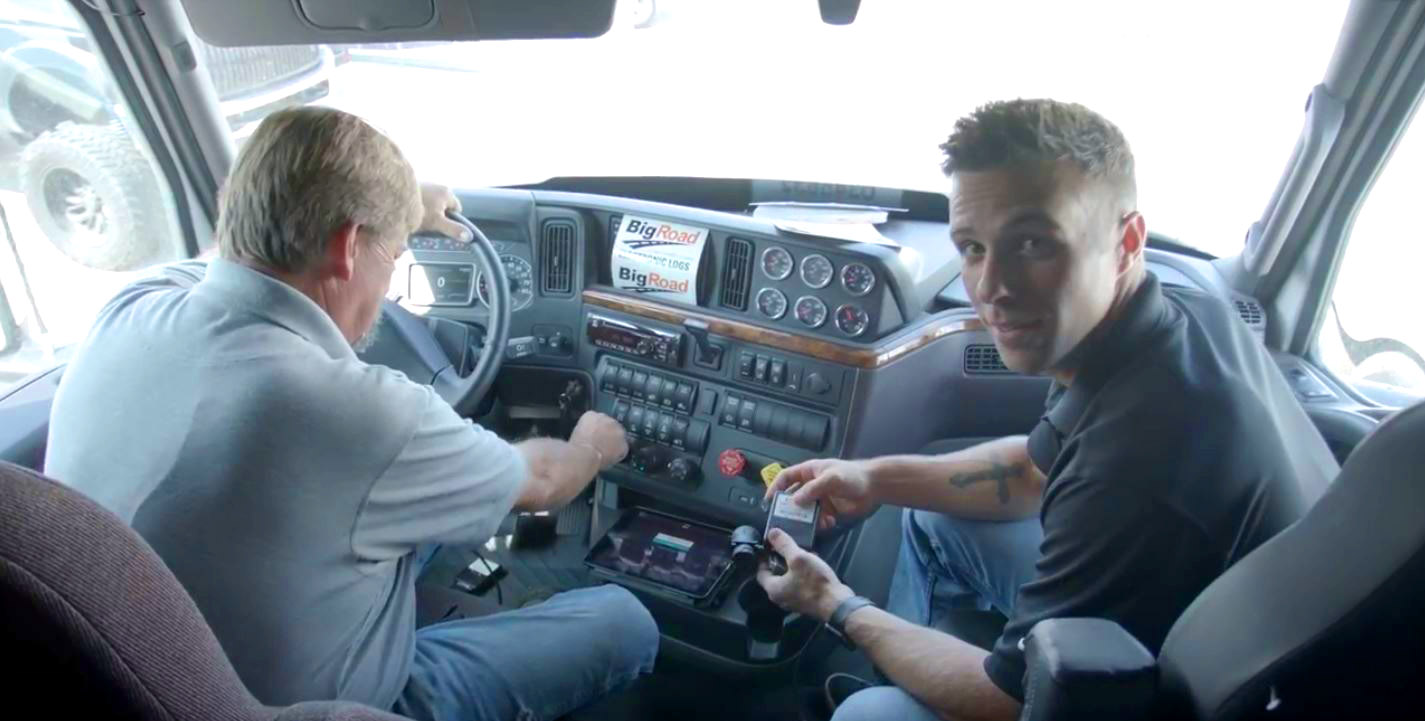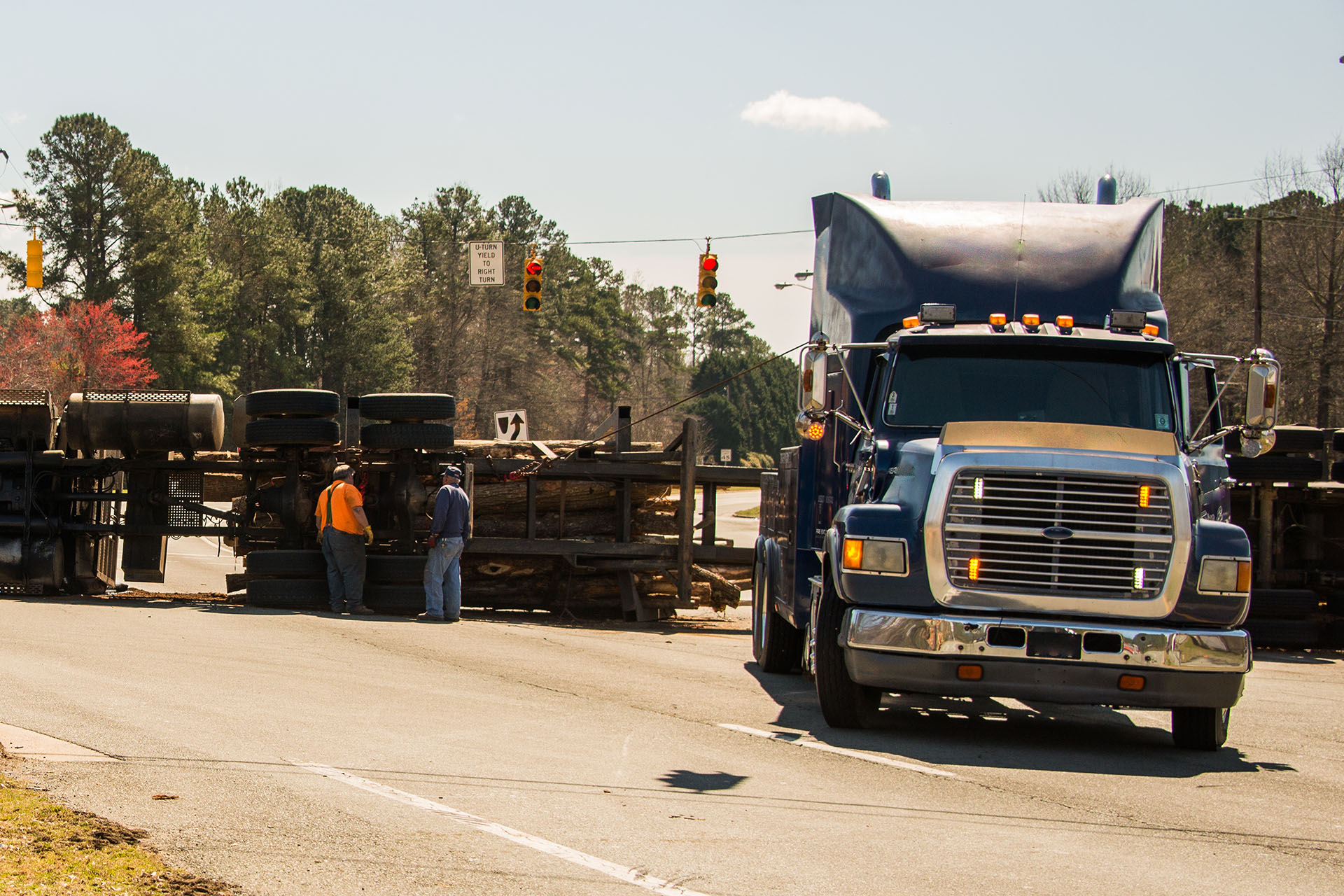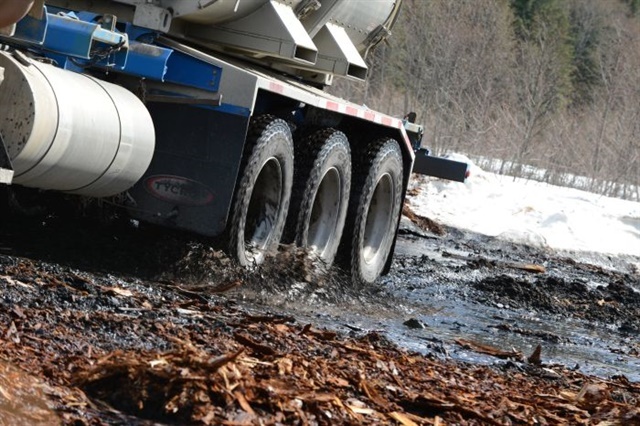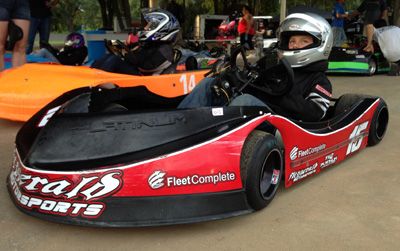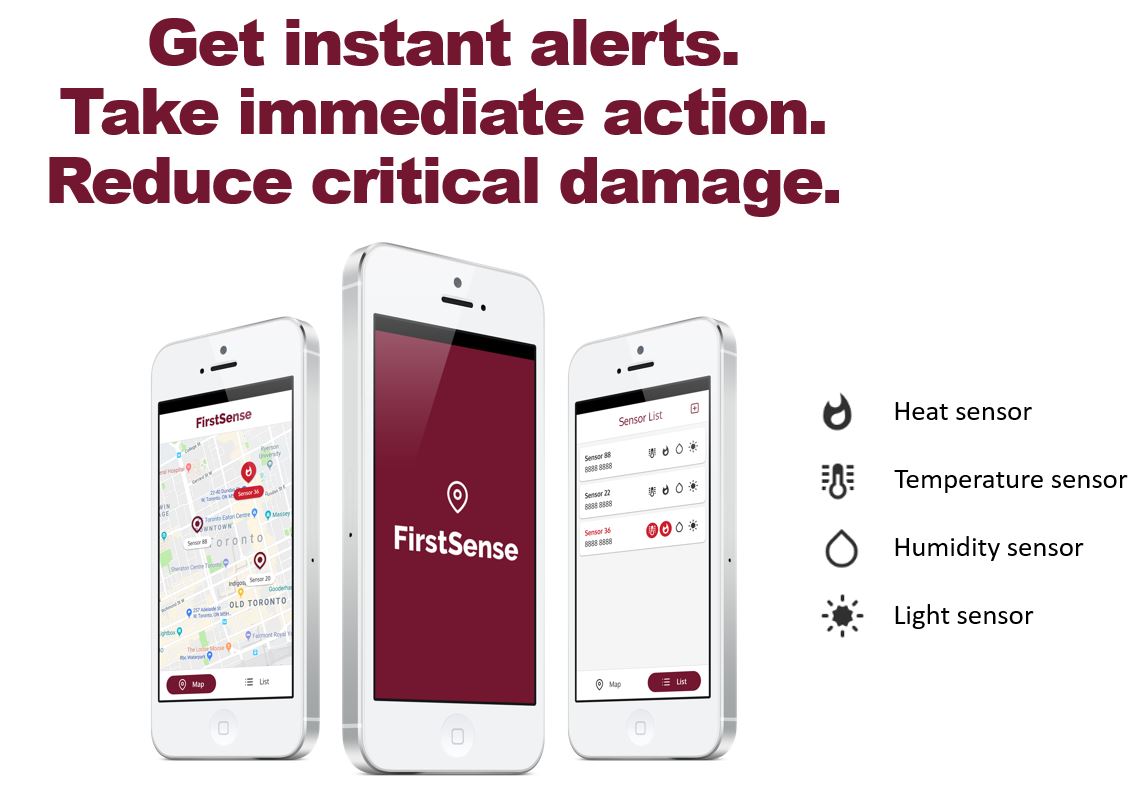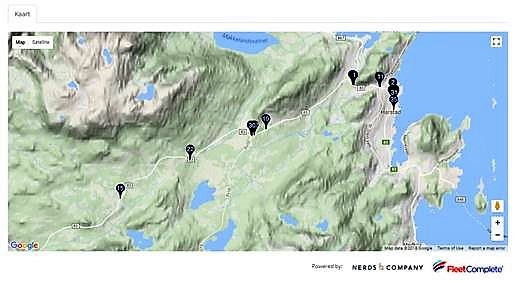According to the 2015-2016 National School Bus Loading and Unloading Survey, 75% of student fatalities, while on their way to or from school, were attributed to the school bus. Those involving ‘other vehicle’ were 25%.
The human factor
In 2015, in Houston, two students were killed and three injured in a driving accident, when a school bus swerved off an overpass and landed on its side. Meanwhile in Whitter, in the same year, a student with autism died after being left inside a bus in 96-degree heat because the driver failed to perform the mandatory sweep after completing the route. The school bus driver was sentenced to 2 years in state prison.
19-Year-Old Special Needs Student Found Dead On School Bus In Whittier
These horror stories, while not frequent, are not singular either and keep reoccurring across the nation year after year. Kids with special needs are a particularly vulnerable group because a lot of them are nonverbal or non-communicative. Not all incidents end up in fatalities; however, the amount of psychological trauma they incur on children, parents, drivers and teachers is immeasurable. The impact of these incidents is vast and affects the entire community, inducing school bus driver shortages, damaged school reputations, and profound concerns from families whose children’s well-being is at stake.
While the human error is part of life, and we are all prone to it, regardless of the grave responsibilities imbued into our job description, it is intolerable when it comes to the safety and livelihood of school-aged children, entrusted by parents into school care. Not all families can afford the time or a personal vehicle to bring their children to and from school, and the helplessness they endure while hearing about or experiencing first-hand the cases of negligence from school bus operators is abhorrent.
And what about the school drivers themselves? How dreadful is it to work in a position where one single error of a hasty post-trip check can lead to a disaster that involves a child being traumatized or, even worse, dead? Leaving by accident a child, who fell asleep in a bus, for many hours on end, because you simply did not see him and decided to head off duty. It is not just about losing your job, it is living for the rest of your life with the devastating fact that a child was harmed on your watch. How can schools protect their employees from the human factor?
Under the radar
“The thousands “yellow buses” are buried without a mention in the most important tables of the US Department of Transportation’s National Transportation Statistics.” – Wendell Cox, “School buses: America’s largest transit system”
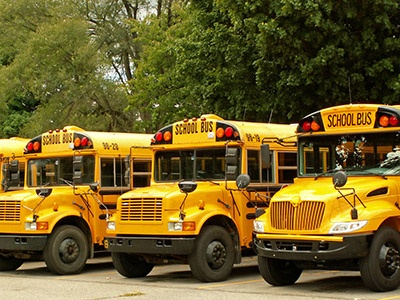 Did you know that school bus carriers operate the largest mass transportation fleet in the U.S.? This is America’s largest transit system that is functioning completely under the radar. Over 480,000 – almost half a million – yellow school busses are traveling the nation’s roads during the school year, while the national public transit system has 140,000 vehicles, of which public busses comprise 96,000.
Did you know that school bus carriers operate the largest mass transportation fleet in the U.S.? This is America’s largest transit system that is functioning completely under the radar. Over 480,000 – almost half a million – yellow school busses are traveling the nation’s roads during the school year, while the national public transit system has 140,000 vehicles, of which public busses comprise 96,000.
Why is such a behemoth of a fleet being overlooked? Because a centralized digital school bus data collection system on a metropolitan level is too time-consuming and expensive, and thus the development of school bus information is not regularly done.
This is understandable as there are only so many taxpayers’ dollars to go around; however, if the government feels that it can be lax about its half-million unit fleet and the most precious cargo on-board – fragile human lives – what are local public schools to do?
There is a solution
“[We] are looking into the feasibility of a technology system that will further safeguard against such instances,” PK Diffenbaugh, Monterey Peninsula School District superintendent wrote after an incident, where an 11-year old girl was forgotten on a bus at Monterey school bus yard.
While drivers are trained to follow strict protocols when inspecting every seat at the beginning and the end of their routes, a non-compromising, foolproof, reliable system needs to be put in place to ensure it is done every single time without any room for human error. The good news is – such system already exists, it is being used in other industries, and it is only a matter of adopting it for the school buses.
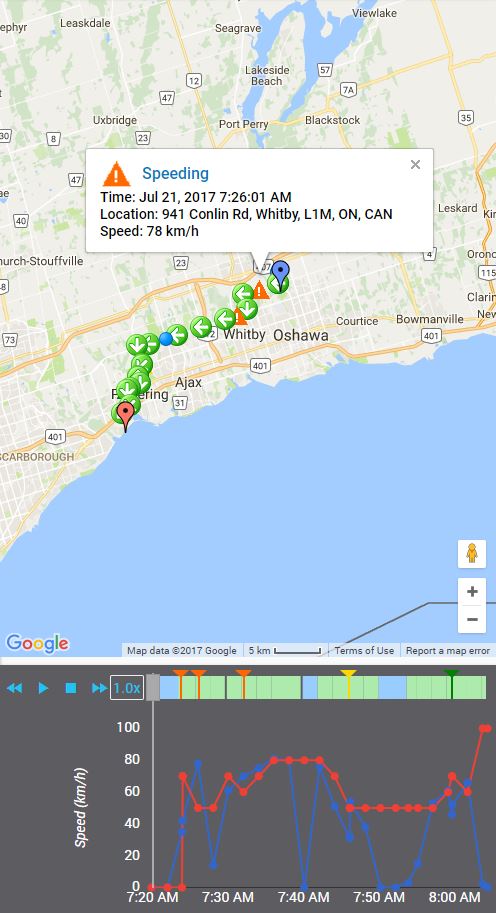
Telematics. A simple and affordable solution that simplifies the tracking, managing, and minimizing the risks involved in mass transportation and its logistics. Imagine being able to remove the reliance on driver’s sense of responsibility, which can vary from one person to another, and implement a standardized program or process that will utilize physical reminders and the necessity to follow protocols without any room for error before marching off duty.
The possibility is there for the taking; a simple telematics solution can help eliminate the human factor from the job, keeping your drivers compliant with regulations at all times and offering additional capabilities that can protect the well-being of students onboard.
A telematics solution involves a sensor-to-machine communication that is able to prompt a user to a certain action and display all critical data for the entire school bus fleet in real-time on a screen of a desktop computer or even a smart device, like a phone or a tablet. It includes a variety of sensors and alerts that can be tailored to the school’s unique requirements.
With a telematics solution, like Powerfleet (formerly Fleet Complete), you can solve issues, involving inadequate pre/post-trip inspections, distracted driving, and driving defensively. With it, your school bus is equipped with a switch at the back of the vehicle that the driver has to either turn off with a special key or press a button in order to finish a trip. If the action does not occur, the alarm will sound, prompting the driver to complete the post-trip inspection by physically going to the back of the bus to disable the signal.
This helps to standardize the post-trip check and gives the school fleet managers and drivers the proof of inspection, eliminating the guesswork and ensuring compliance with the safety regulation. On top of that, the bus is outfitted with devices and sensors that deliver critical information that is otherwise unmonitored, like on-road driving patterns and bad habits, continuous location feed in real time, needed vehicle maintenance, stop-arm engagement at every pick-up or drop-off spot, doors opening at danger-prone zones, like railway crossings, and much more. This way, the school is able to monitor their entire fleet from one screen at all times and know immediately when an emergency occurs via a crash detection alert or driver’s panic button. Assistance can be dispatched faster, which can ultimately make a drastic difference in saving lives.
Moreover, this telematics solution delivers versatile performance reports that school fleet managers can use to assess general or individual issues in the fleet, like inefficient routing, speeding or incompetent post-trip inspections, and provide appropriate coaching where needed.
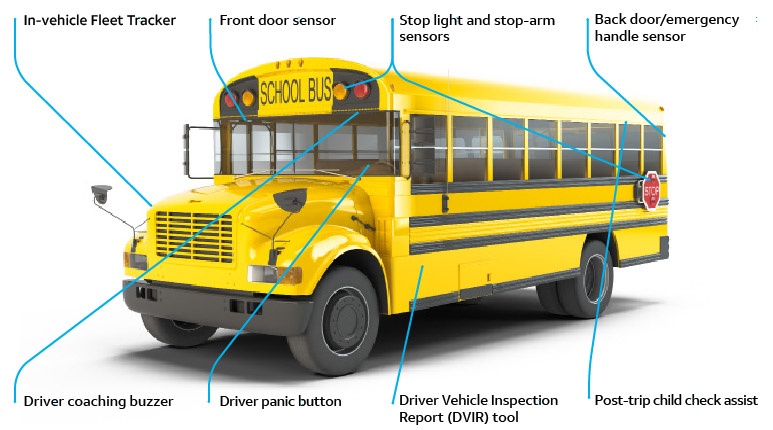
Becoming the Law
“Lee’s death prompted the Paul Lee School Bus Safety Law, signed by Gov. Jerry Brown last year, requiring school buses to have child-safety alarm systems and bus drivers to receive child-safety check procedure training. The law goes into effect in the 2018-19 school year.” – Melissa Pamer, “Family of Teen With Autism Who Died After Being Left on Hot School Bus in Whittier Wins $23.5 Million Settlement”
School Bus Safety is gaining notoriety and will require adequate technologies in place, like the Powerfleet’s (formerly Fleet Complete) telematics solution, in the upcoming years. The “no child left behind” concept will gain a broader understanding than the one laid out by the Congress in 2001, offering provisions to disadvantaged students. It will also involve no students being left at the back of a bus and getting to the school as safely as possible, instilling a greater trust in parents who hand over their offspring to the care of the public schools. Drivers will be better equipped to conduct their job in the most secure way possible and curb the human-error factor. While schools will maintain their hard-earned reputations as establishments of student well-being and safety.
This is the future, and the technology is already here.



















